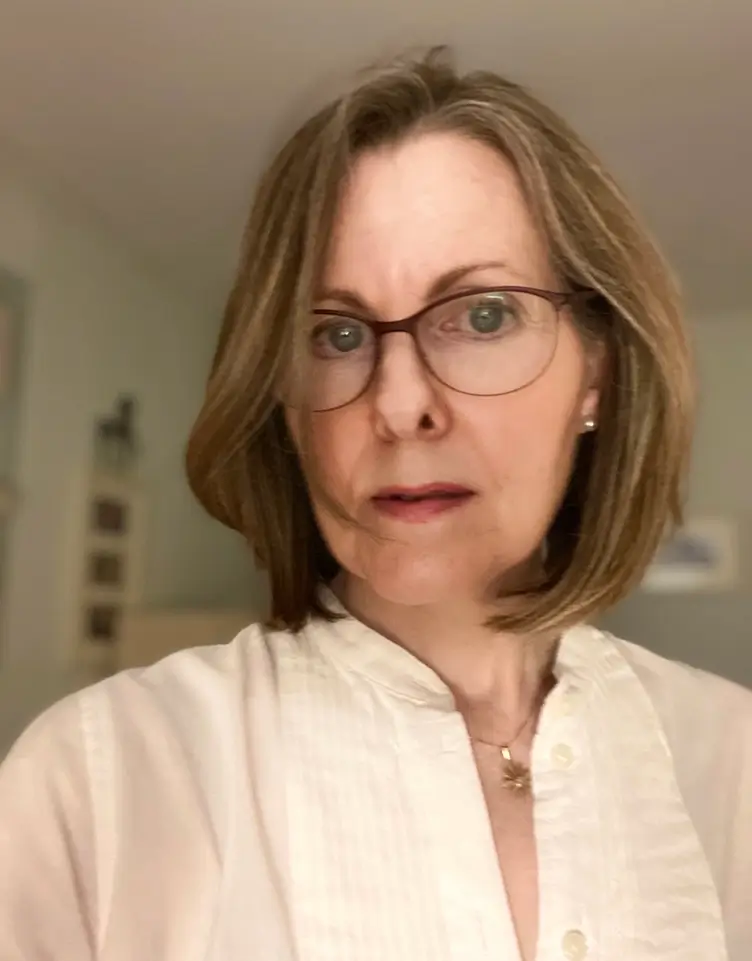Patricia McElroy was born in Philadelphia and raised in Ireland, a duality that continues to shape both her life and work. After graduating from the National College of Art & Design in Dublin, she returned to the U.S., where she and her husband built a successful design business. While her career has moved fluidly between art, design, and entrepreneurship, photography has remained her most personal and enduring form of expression—a way to explore themes of memory, place, identity, and belonging.
Between Then & Now
Six years ago, McElroy’s 94-year-old mother came from Ireland for what was meant to be a short visit. Her deteriorating eyesight and dementia made it clear she could no longer live on her own and a new chapter quietly began for them both. At first, McElroy picked up her camera as a way to hold onto the mother she knew, but what started as a gesture of preservation soon became something more—a quiet reflection on how memory drifts, resurfaces, and reshapes itself over time.
In many ways, her mother exists in both places even now—her memories drifting between both lands, echoing the family’s own migration story. McElroy realized that migration doesn’t just alter geography—it reshapes how we remember and where we
feel we belong. Distance doesn’t erase the past, but reframes it, softening some details and sharpening others.
This led McElroy to examine her own immigrant experience, using her mother’s life and their shared generational story as a lens to explore the complexities of memory, migration, cultural identity, family, and home. In doing so, she recognized that her past and present photographic work had long been rooted in these themes. Her growing archive—both personal and inherited—became part of the exploration, revealing a continuity in her artistic voice that had always been quietly present.
For McElroy, immigration has never been a single moment, but a rhythm—an ongoing dance between two places, two cultures, and two selves. Her family has long carried two homes in their hearts, navigating the layered contradictions of belonging. Ireland is where their roots run deep, where legacy is woven into the land; America is where reinvention lives, where possibility expands. Over time, the boundary between the two became less defined—not a point of conflict, but a quiet acceptance of a life shaped by both.
McElroy captures the fragile space where cultural and emotional threads bind past to present. Her images speak to love, loss, resilience, and the ways migration and remembrance shape who we are and where we feel we belong. In telling her own family’s story, she’s also telling a more universal story—of beauty found, and life lived fully in the journey Between Then & Now.
